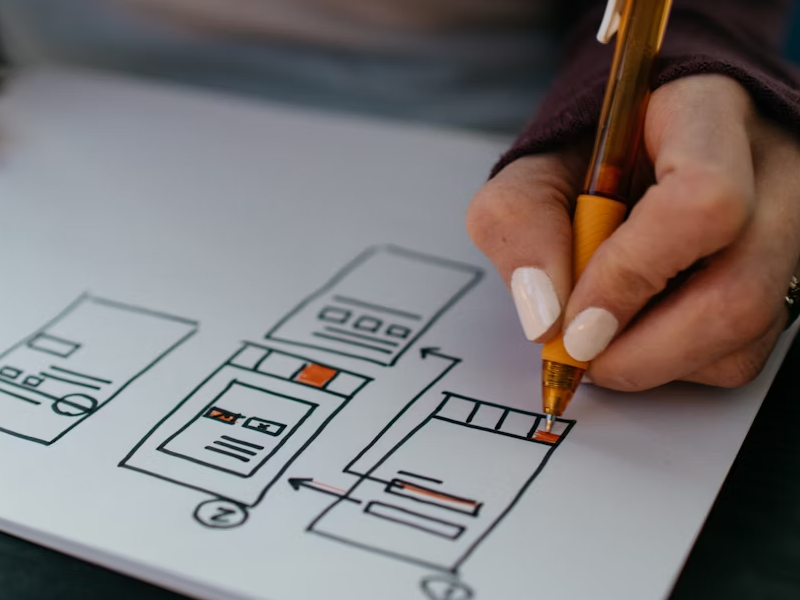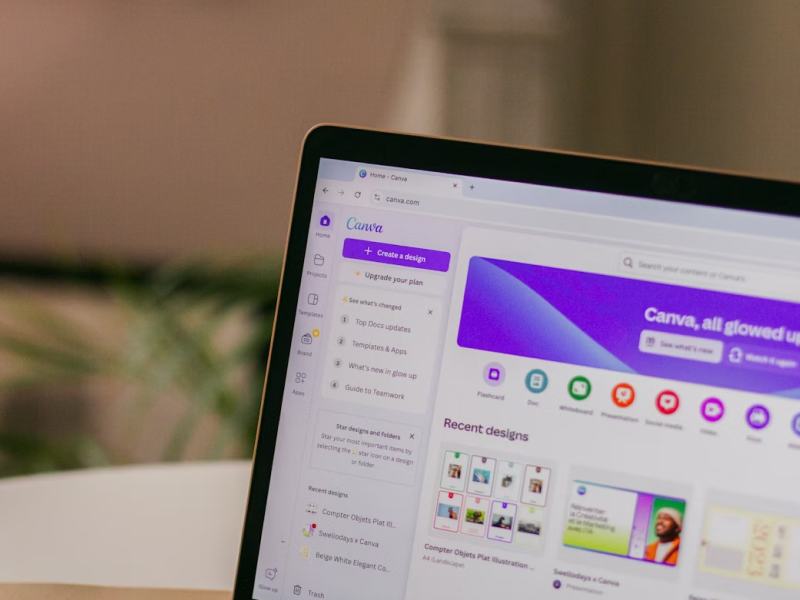Product designers can be highly skilled and professional, but if they don’t keep up with the ever-changing tech dance floor, they risk falling behind.
As product designers, we get to play a little bit of everything: problem-solving, storytelling, and even a bit of mind-reading. Our job is to understand what users actually need, then create designs that feel natural and enjoyable to use.
It’s all about making complex things simple and turning challenges into opportunities. At the end of the day, what we love about our job is that we shape experiences that connect people with technology.
Looking ahead, the future of product design is full of exciting possibilities, and some challenges we’ll need to embrace. With technology evolving so fast, from AI-powered tools to immersive AR and VR experiences, we have to stay curious and adaptable.
To understand where things are heading, we have to first take a glimpse into the past.
Long ago, product design was often treated like a finishing touch rather than the core engine. Designers were usually brought in at the end, being asked to “make it look good”, focusing on surface-level details like colors, fonts, and spacing, without touching the deeper aspects.
Back then, design wasn’t closely tied to business goals or product vision. It was more about making things look neat than working better. Most of the innovation happened in creative agencies, while internal teams struggled to have a real seat at the table.
It’s amazing how much product design has evolved since then!
Everything shifted in 2007 when the iPhone hit the scene. It wasn’t just a new gadget; it completely redefined how we think about user experience and design. Suddenly, design wasn’t just nice to have. It became a core part of building great products.
The 2010s amplified this change. Platforms like Airbnb, Instagram, and Uber showed the world that thoughtful, user-centric design could revolutionize entire industries. Design wasn’t only about supporting the product anymore. It was about leading the way.
Another big step came with the rise of Design Thinking. This approach brought strategy and collaboration into design, inviting people from all backgrounds to shape user experiences. Suddenly, even large companies started transforming their clunky software into sleek, user-friendly tools.
The 2010s also expanded design skills in amazing ways. Responsive and mobile-first design became the norm, design systems helped create smooth, consistent experiences, and minimalism took over the stage. We also saw the rise of wearables and voice interfaces, opening the door to more neutral, hands-free interactions.
Taking a jump to 2020, design is no longer just something nice to have. It’s a must-have! Today, the trio of Engineering, Product, and Design is the norm because it simply works.
What’s really exciting is how everyone, from product designers to engineers and data scientists, is becoming design-literate, proving how design has boosted itself into the process.
The next decade promises new tech trends that will definitely reflect in the design process.
1. The Impact of AI
The first trend taking over the design world is the AI effect. Working with waves of data, AI is enabling unimaginable creative possibilities that were just a dream a few years ago. AI works wonders for productivity, too, by lowering the design process duration and changing how knowledge workers manage daily tasks.
AI is changing the game forever, making it easier for people without design or engineering backgrounds to bring new products to life. But let’s be clear: AI isn't here to replace us. It’s a tool that can supercharge our creativity if we make it.
The best thing we can do? Jump in and explore it!
2. The Data Explosion
One big trend shaping the future of product design? The data explosion. With every click, swipe, and interaction feeding the system, plus the rise of quantum computing, we’re swimming in more data than ever before. But more data doesn’t mean better decisions.
Our role as designers is to cut through the noise. We need to pair data with intuition, ask better questions, and spot patterns that drive meaningful design.
3. Interconnectedness of Products
Another big swift we’re seeing is the growing interconnectedness of products. As more tools and platforms pop up, there’s a clear need for smarter systems that tie everything together. This is where AI assistants come in to connect the dots across our digital lives, creating seamless, personalized experiences.
These systems are becoming essential, not just convenient. But with what comes real responsibility: privacy, ethics, and the risk of over-reliance are UX challenges we’ll need to face. It’s up to designers to shape AI assistants into helpful companions.
4. The Rise of Successful Startups by Designers
One exciting trend shaping product design is a rise in the designers launching successful startups. Think Airbnb, Pinterest, YouTube, or Figma. These founders didn’t just master design. They picked up skills in engineering, marketing, and business.
What is the lesson? Designers who go beyond the craft are positioned to lead. While education systems are catching up, self-learning and learning by practice are key.
The future of product design brings both exciting possibilities and real challenges.
As designers, we’re not only responding to change, but helping shape it. What lies ahead will encourage us to think bigger, move faster, and design with deeper intuition.
What are we sure about? Design will continue to be a powerful force for solving real problems with real impact.
We at uinkits understand the importance of great user experiences and creating amazing UI designs. That’s why we’ve developed a Figma UI Kit with design components that include these essential UI elements that enable you to design intuitive and user-friendly interfaces effortlessly.
“You press the button, we do the rest.” – Kodak.
Inspired by this iconic tagline from Kodak, we believe in simplifying the design process for you. Our Figma UI Kit, uinkits, is a complete design system with UI components that allows you, as a UI UX designer, to create your products as quickly as pressing a button.
Our design system includes UI components, icons, variables, cards, buttons and everything you need for your design process. All you have to do is take your UI design component needed, and you’re ready to use it in your designs!








